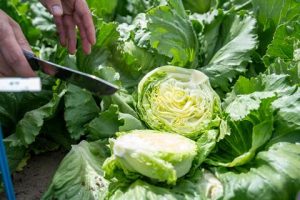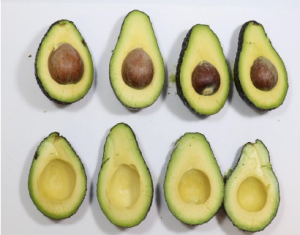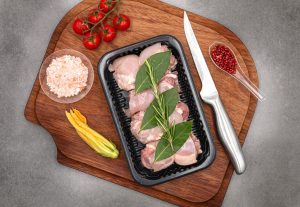In recent years, Vilmorin-Mikado has made significant investments in one of its key products, the California pepper. Genetic research, improvement, trials, trial networks, and commercialization efforts have been strengthened to provide solutions for all farmers and meet the market’s demands for peppers.
To showcase their advancements and highlight the evolution of this market reference, the company hosted a talk in December with Agrodolores and Hispa Group Spain.
Peppers in EMEA
Giorgio Foltran, marketing lead for peppers, opened the talk by presenting an overview of the main figures in the category across Europe, the Middle East, and Africa (EMEA). Spain “dominates the pepper market by far,” with $1.7 billion in exports in 2023, representing 24.61% of the total export value in EMEA. Its growth over the last three years has been very positive, with a 22.22% increase in export value.
The second-largest exporter is the Netherlands, with a much smaller growing area but high yields. The export value of Dutch peppers stands at $1.15 billion. Over the last three years, it decreased by 1.42% due to the energy crisis, although in 2023 it rebounded with a 12.78% increase in value.
Foltran emphasized that while Spain maintains its leadership, other countries should not be overlooked. Turkey is the leading country in pepper production capacity, although it is currently focused on selling local or ‘ethnic peppers.’ The value of Turkey’s pepper exports has reached $293.59 million, with a remarkable 75.17% increase in the last three years.
Morocco is also growing and could become a competitor, as “it has a market advantage due to its tomato exports.” Currently, its share of the total value of pepper exports is 3.52%.
In terms of varieties, Spain leads the production of yellow California peppers with 2,310 hectares, compared to 320 hectares in the Netherlands and 180 hectares in Morocco, while Turkey and Israel each have 175 hectares.
Dynamics in Germany
José García, CEO of Agrodolores, discussed the importance of the German market for Spain. With a value exceeding €1.192 billion in 2022 and €26.22 per household spent on peppers, Germany leads fresh pepper consumption in Europe, followed by the UK (€487 million) and Spain (€472 million).
He pointed out that although Germany remains the top destination for Spanish peppers, export volumes to this country have fallen, dropping from 222,000 tons in 2020 to 185,000 tons in 2023. Morocco ‘has taken part of the market share left by Spain,’ García noted. The North African country has doubled its export volume, reaching 38,000 tons in the same period.
‘Germany represents more than double the business of the second-largest consumer, Spain,’ he said. The average price paid by German consumers was around €4/kg in 2023. However, per-household consumption in Spain is 30% higher than in Germany, indicating growth potential in the German market.
By months, there is a clear decline in the prominence of Spanish peppers from May to July (the Murcian season), coinciding with the presence of Dutch peppers in Germany.
Regarding distribution channels, discount retailers regained their dominance after a decline between 2018/19 and 2020/21.
In terms of varieties, the California pepper has lost relative weight within its category, but its decline was stabilized or reversed in 2023, with a penetration rate of 79.2%.
California Peppers in Eastern Europe
Alberto Fenollar, Senior Export Sales Representative at Hispa Group Spain, analyzed the pepper market in key consumer countries in Eastern Europe: Czech Republic, Poland, Hungary, and Ukraine.
Fenollar emphasized the importance of adapting production to emerging markets in Eastern Europe, such as Poland, where purchasing power and demand for fresh, healthy, and high-quality foods are steadily increasing. ‘Quality and adaptation to local preferences must be our cornerstone,’ he stated. ‘Our strength remains in quality. We need to enhance it and work on products with longer shelf life to compete with nearby markets like the Netherlands.’
R&D and adaptability at Vilmorin-Mikado
Vilmorin-Mikado highlighted its commitment to genetic innovation and the creation of varieties adapted to a changing agricultural environment.
Its strategy focuses on three pillars: multilocalization, advanced technologies, and an emphasis on quality and profitability. Multilocalization allows for testing in diverse environments, ensuring resilient varieties like the yellow California pepper, prepared for extreme conditions.
With technologies like predictive breeding powered by AI, they optimize parental selection and accelerate the development of new varieties.
The company prioritizes safety, quality, and profitability, offering resilient, uniform, and productive varieties like Faraday and Arquímedes, designed to meet the sector’s demands.




















